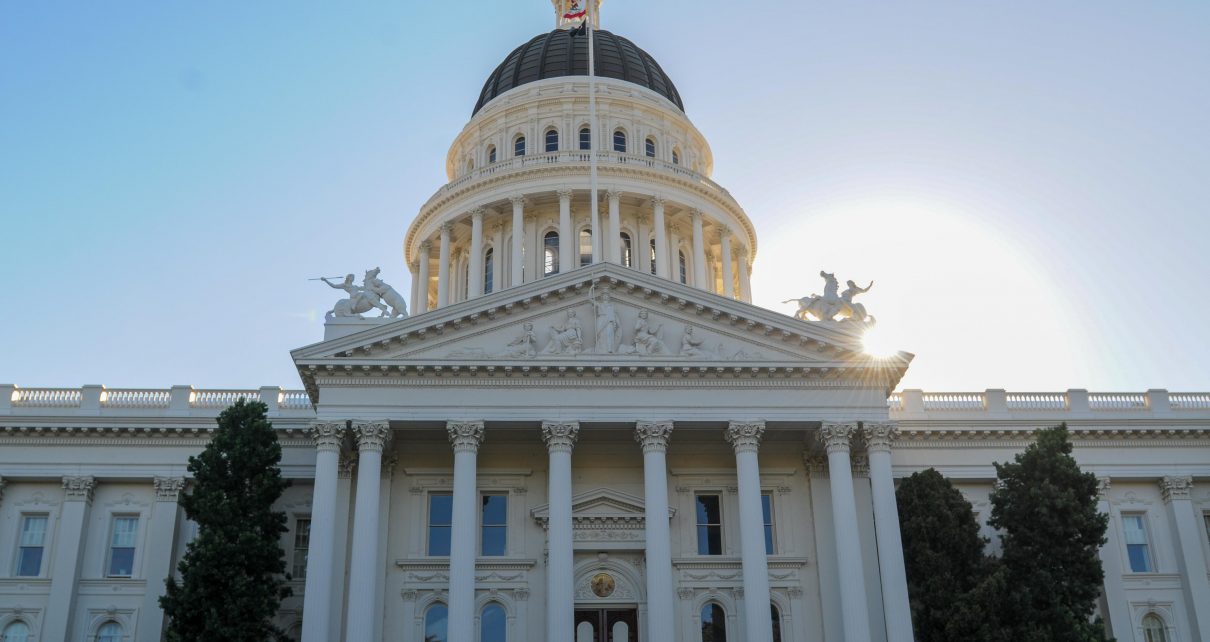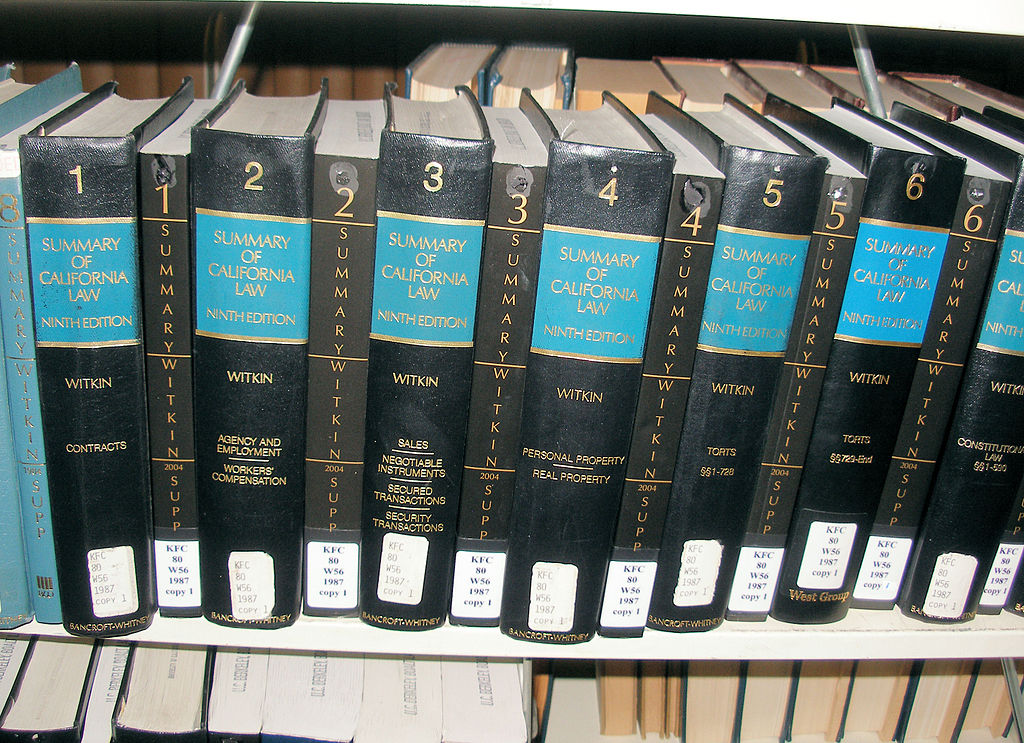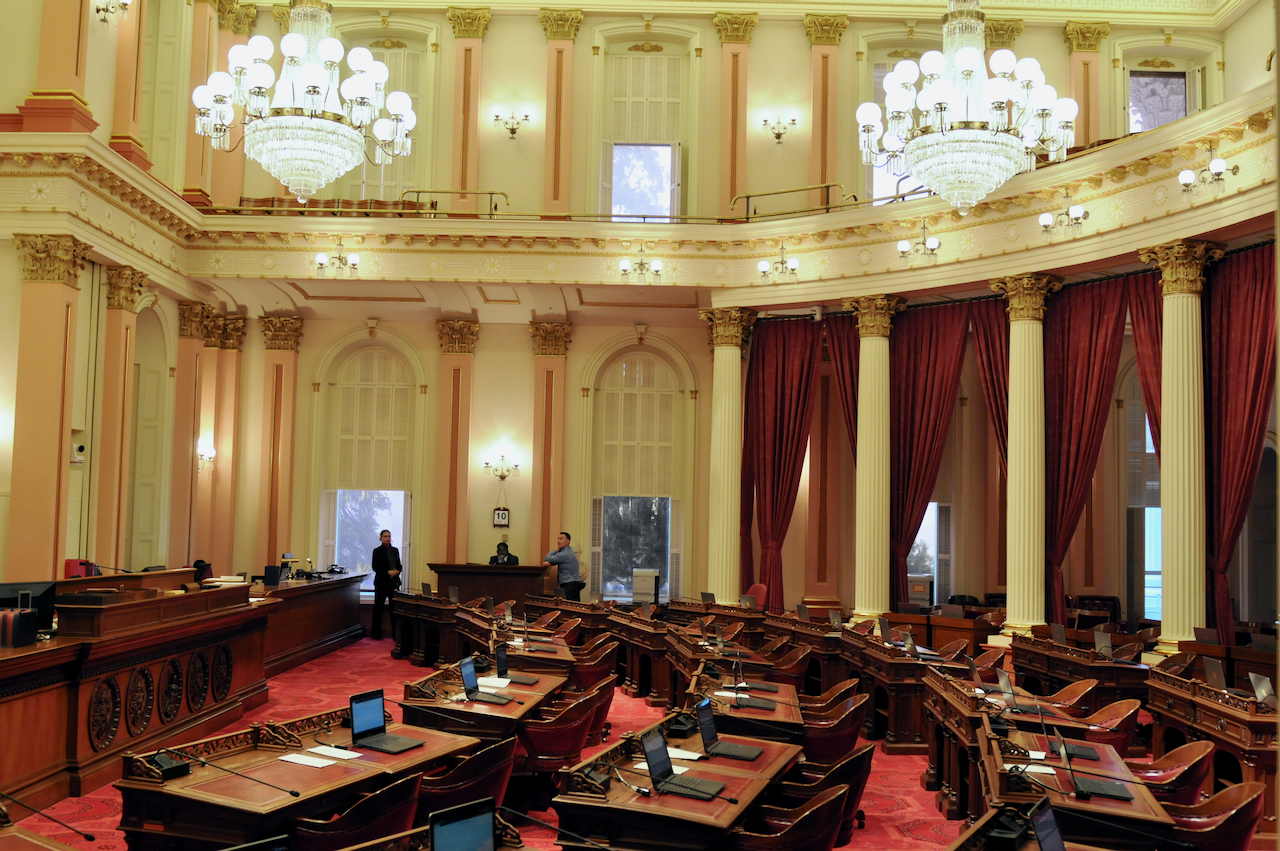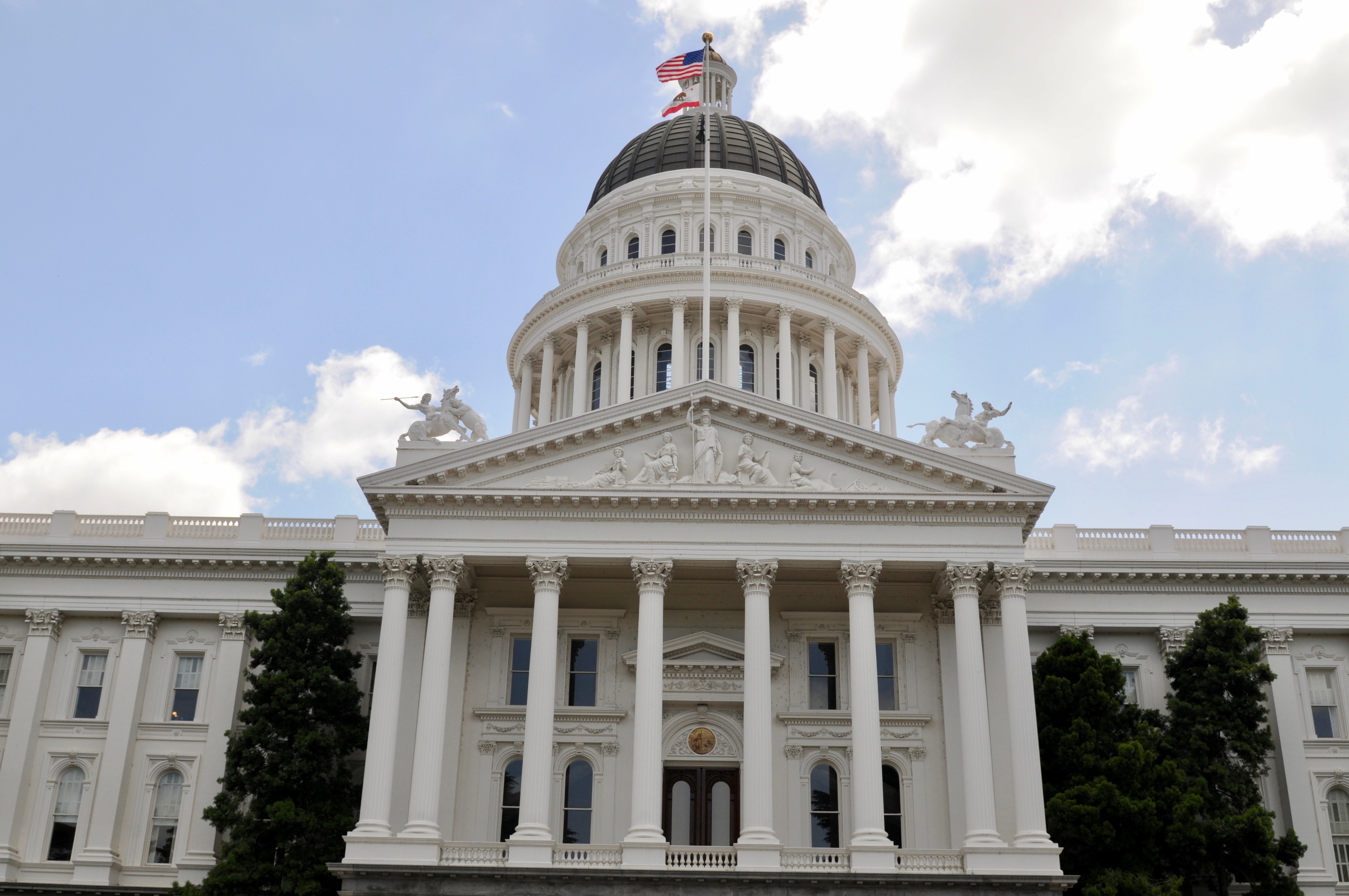
California State Capitol. (Photo: Kevin Sanders for California Globe)
Guidance for Drafting a ‘Declaratory of Existing Law’ California Statute
A legislative statement accompanying the standardized language above would benefit both the legislative and judicial branches
By Chris Micheli, June 30, 2024 2:30 am
On occasion, you may see a bill in the California Legislature that has the following provision: “The amendments made by this act do not constitute a change in, but are declaratory of, existing law.” This statement is straightforward and easy to draft. But what are some considerations for the bill drafter when asked to draft a bill with this language?
First, if the courts view the bill as representing a clarification of existing law, then the bill is applied to all instances, both retroactively and prospectively.
Second, if the courts view the bill as representing a change in the law, then the court looks to determine whether the Legislature intended for the law change to be applied retroactively. In this regard, the court basically asks, did the Legislature make a clear intent to apply the amendment retroactively?
As a result, I believe that such a bill should include a legislative finding and declaration regarding why the Legislature believes this bill does not represent a change in law, but is only clarifying exist law. This will assist a court in hopefully agreeing that the bill is only a clarification and therefore can be applied both prospectively and retroactively.
Moreover, if a court were to view it as a change in the law, then the legislative finding and declaration would clearly state that the Legislature intends for the change in law to be applied retroactively. Therefore, a legislative statement accompanying the standardized language above would benefit both the legislative and judicial branches by ensuring the Legislature’s intent is clear and can be accepted by the courts without reliance on extrinsic aids, for example.
In addition, as a result of a number of California appellate court decisions, there are three main points that provide guidance to lawmakers and bill drafters when attempting to make retroactive changes to California statutes. They are posed as questions and answers below:
- Did the Legislature enact the change in law promptly after the adverse court decision? In many instances, the legislative change needs to be made within a few months of the court decision.
- Has the Supreme Court rendered a final decision? If yes, then the legislative enactment is most likely to be deemed only prospective in application.
- Is there some amount of ambiguity in the statute that was amended? The courts are usually more inclined to allow a retroactive law change when an ambiguous statute was amended by the Legislature.
California courts have long held that the Legislature does have the authority to retroactively declare that certain statutory changes can be applied retroactively, but only in certain specified instances. The most important point is that the California Supreme Court must not have ruled on the statute in question. Otherwise, the Legislature can only make a prospective change in the law.
- Division of Property in California - December 27, 2025
- Agency Adoptions - December 26, 2025
- Exchange of Expert Witness Information - December 26, 2025




